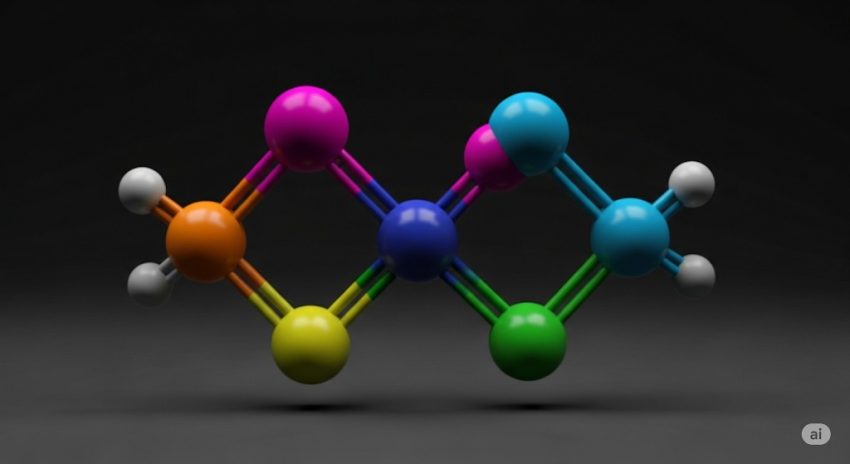Global active pharmaceutical ingredient market valued at $158.1B in 2023, reached $163.5B in 2024, and is projected to grow at a robust 7.8% CAGR, hitting $238.3B by 2029.
Download PDF Brochure: https://www.marketsandmarkets.com/pdfdownloadNew.asp?id=263&utm_source=reportsnreports.com&utm_medium=referral&utm_campaign=kk30
1. Rising Demand for Biologics and Biosimilars
The pharmaceutical landscape is undergoing a significant transformation as biologics and biosimilars take center stage in drug development. Unlike traditional small-molecule drugs, biologics are derived from living organisms, offering higher specificity and efficacy for complex conditions such as cancer, autoimmune disorders, and rare diseases. With patents on blockbuster biologics expiring, the biosimilars segment is experiencing rapid growth, offering cost-effective alternatives to patients and healthcare systems. APIs for these drugs require advanced manufacturing technologies, high-level purification processes, and stringent regulatory compliance. This trend is fueled by increasing investments in biologics manufacturing infrastructure, including the establishment of dedicated biomanufacturing facilities worldwide. In addition, the rise in chronic diseases and the global focus on personalized medicine are further driving biologics adoption. Biologics APIs also require strong quality controls and robust cold-chain logistics to ensure product stability, adding new complexities to the supply chain. As global healthcare shifts toward targeted therapies, the demand for APIs in biologics and biosimilars will continue to outpace traditional APIs, making them a central growth pillar for the industry.
2. Technological Advancements in API Manufacturing
The API manufacturing landscape is embracing advanced technologies to enhance efficiency, quality, and scalability. Continuous manufacturing, automation, and artificial intelligence (AI)-driven process control are enabling manufacturers to reduce production timelines, minimize waste, and improve reproducibility. Continuous manufacturing, in particular, offers real-time quality monitoring and faster turnaround from development to market, which is crucial for high-demand and time-sensitive drugs. AI and machine learning are optimizing process parameters, predicting equipment maintenance needs, and streamlining supply chains. Green chemistry principles are also gaining traction, with manufacturers adopting eco-friendly solvents and waste minimization practices to meet sustainability goals and regulatory expectations. Furthermore, 3D printing of APIs and advanced crystallization techniques are opening new possibilities for personalized medicine and improved bioavailability. The integration of digital twins in manufacturing facilities allows real-time simulation and troubleshooting, reducing downtime and production risks. This technological revolution is not just improving margins but also ensuring better patient outcomes by enabling the production of safer, more effective APIs in record time.
3. Surge in Outsourcing to Contract Manufacturing Organizations (CMOs)
Outsourcing API production to CMOs is becoming a strategic priority for pharmaceutical companies seeking cost efficiency, flexibility, and speed to market. The complexity of API manufacturing, coupled with the need for specialized facilities and compliance with global regulatory standards, makes CMOs an attractive option. This trend is especially prominent for small and mid-sized pharma firms that lack in-house manufacturing capabilities. CMOs offer scalability, technical expertise, and geographic diversification, which is vital for mitigating supply chain risks. Additionally, the globalization of drug development and increasing demand for generic drugs are pushing more companies toward outsourcing models. CMOs are also investing heavily in high-potency API (HPAPI) capabilities to cater to oncology and specialty drug markets. With regulatory scrutiny intensifying, CMOs with proven track records in quality, safety, and compliance are in high demand. This outsourcing wave is fostering partnerships, joint ventures, and strategic acquisitions, reshaping the competitive landscape of the API market.
4. Increasing Focus on Sustainable and Green Chemistry Practices
Environmental sustainability is emerging as a critical factor in API production. Traditional API manufacturing processes can be resource-intensive, generating significant waste and emissions. In response, manufacturers are adopting green chemistry principles to minimize environmental impact while maintaining efficiency and quality. This includes using renewable raw materials, implementing solvent recovery systems, reducing energy consumption, and optimizing reaction conditions to decrease waste generation. Regulatory bodies in the EU, US, and other regions are encouraging eco-friendly practices by offering incentives and imposing stricter environmental compliance measures. Companies are also integrating lifecycle assessments (LCA) into product development to evaluate environmental impact from production to disposal. This shift not only aligns with corporate social responsibility (CSR) goals but also enhances brand reputation and investor confidence. Green manufacturing also opens opportunities for cost savings through energy efficiency and waste reduction, making it a win-win for both business and the planet. As sustainability becomes a global priority, API manufacturers that embed green practices into their operations will gain a significant competitive advantage.
5. Expanding High-Potency API (HPAPI) Market
High-potency APIs (HPAPIs) are gaining prominence due to their effectiveness at low dosages, especially in oncology, hormonal therapies, and targeted treatments. These APIs offer improved efficacy and reduced side effects, making them ideal for modern precision medicine approaches. However, their manufacturing demands specialized containment facilities, advanced handling procedures, and strict occupational safety protocols to protect workers from exposure. The market for HPAPIs is expanding as cancer incidence rates rise globally and as more targeted therapies enter clinical pipelines. Pharmaceutical companies are increasingly investing in HPAPI production capabilities or partnering with CMOs that offer expertise in containment and isolation technologies. Regulatory agencies also require stringent validation and documentation for HPAPI facilities, which drives continuous innovation in manufacturing processes. With the oncology pipeline growing and personalized medicine gaining traction, the HPAPI segment is expected to be one of the fastest-growing areas within the API market, contributing significantly to overall market expansion.

